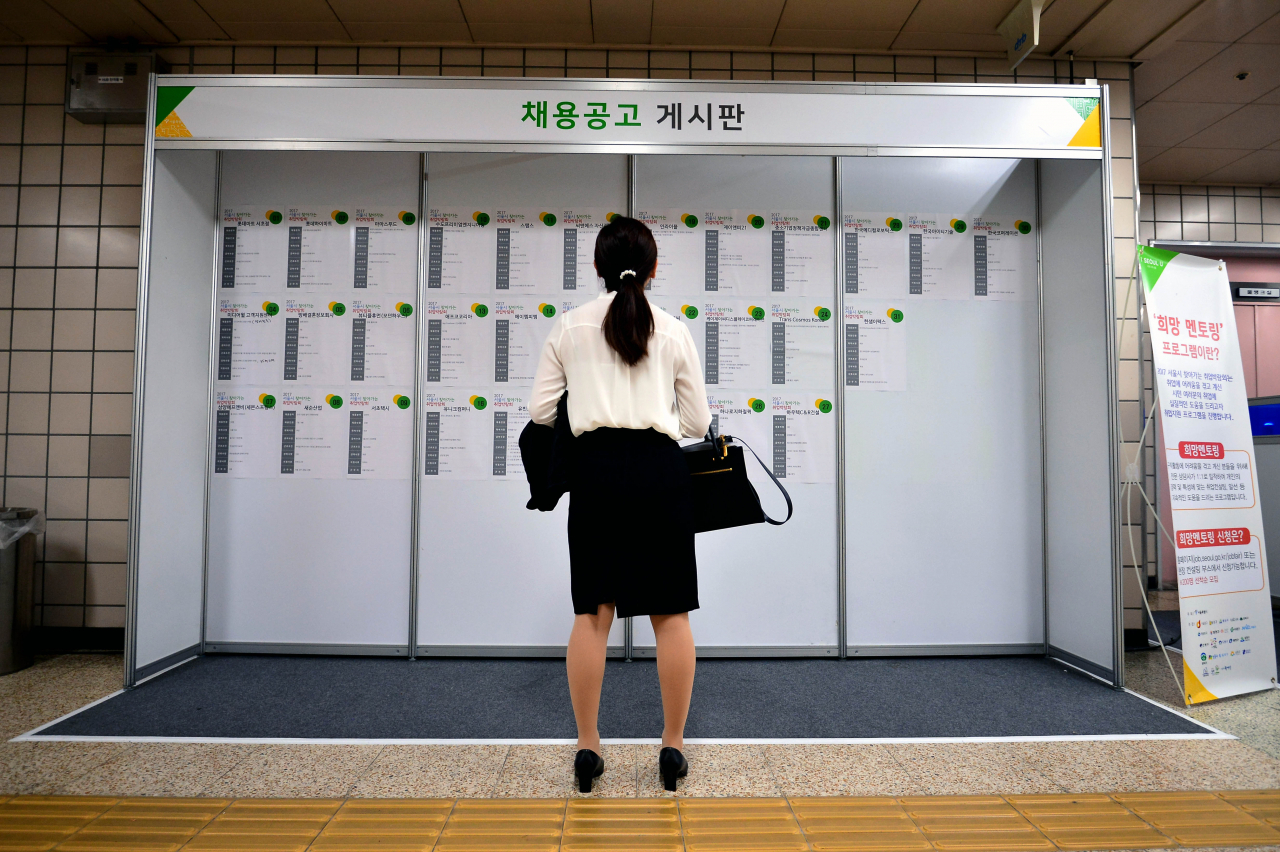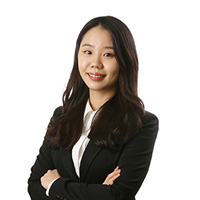Low birthrate drives rise in number of working women in 30s
Long-term concerns remain for imbalance in labor supply, aging population
By Song Seung-hyunPublished : Oct. 30, 2023 - 15:35

The recent trend of an increase in the proportion of working women in their 30s was primarily due to a reduction in the number of women with children, according to a report released Monday by the Korea Development Institute, a South Korean state-run think tank.
Kim Ji-yeon, a researcher at the KDI, noted that although the drop in the number of women in their 30s that have children may seem like a positive factor in the short term because it boosts the number of women working in their 30s, it will likely have negative consequences in the long run.
“Ultimately, it could become a factor that causes economic and social problems as it will lead to a decrease in population and labor supply," Kim said during a press briefing at the Government Complex Sejong on Monday.
The KDI report, released Monday, found that the increase in the economic participation rate of women in their early 30s, in particular, was driven by two main factors: a decrease in the number of women with children (60 percent) and an increase in the number of working women with children (40 percent).
Kim noted that from 2024 to 2028, due to the fact that Korea is an aging society, the number of employed workers is expected to drop by 30,000 to 40,000 each year.
“For the time being, the recent increase in working women in their 30s is expected to offset the impact of an aging population by adding approximately 40,000 employed workers each year,” she said. “Nevertheless, there are still concerns of long-term issues, such as slowing economic growth, pensions and government fiscal deterioration.”
This analysis was released following Statistics Korea’s data that came out on Oct. 18.
According to data from the Korean Statistical Information Service, the employment rate for those in their 30s in September was 79.6 percent, surpassing that of those in their 40s (78.8 percent) by 0.8 percentage points.
This data is significant because it is the first time since the compilation of such statistics began in 1999 that the employment rate for those in their 30s has exceeded that of those in their 40s.
The KOSIS data also showed that while the employment rate for women in their 30s has significantly increased, the employment rate for women in their 40s has remained at the same level as in previous years.
Also, the economic participation rate for women in their 30s recorded its highest level in September at 70.5 percent, since the compilation of statistics began. Over the last 24 years, it increased by 15.2 percentage points.
In contrast, the economic participation rate for women in their 40s stands at 67.7 percent, with little difference compared to June of 1999 (64.3 percent).
The economic participation rate represents the ratio of the economically active population, which includes both employed and unemployed individuals who are seeking jobs, to the total population.
According to Kim’s report, it shows that men exhibit a reverse U-shaped pattern in their economic participation rate -- increasing with age and then declining as they approach retirement age. In comparison, women tend to have an M-shaped pattern, decreasing their economic participation rate when they take career breaks for childbirth and childcare and then re-entering the labor market once their children have grown up to some extent.
“In women’s M-shaped pattern, the low point of the economic participation rate curve for women in their 30s is moving from the early 30s to the late 30s,” Kim added.
As a solution to these problems, Kim suggested boosting the economic participation rate of young Koreans by creating high-quality jobs, including promoting economic independence and early family formation.
Kim cited the relatively low economic participation rate of young Koreans compared to other major developed countries as evidence to support her argument.
In 2022, the economic participation rate of young people in Korea was 46.9 percent for those aged 20-24 and 74.3 percent for those aged 25-29, which is lower than that of the US (71 percent, 82.7 percent, respectively), Japan (74.6 percent, 91 percent, respectively), Sweden (73.1 percent, 85.9 percent, respectively) and the Netherlands (85.4 percent, 90.2 percent, respectively).
In addition to creating high-quality jobs, Kim also called for policies to support a better work-life balance for childbirth and child care, such as reduced working hours and flexible work arrangements.
“Creating a family-friendly work environment overall is also necessary,” she said.



















![[Today’s K-pop] Treasure to publish magazine for debut anniversary](http://res.heraldm.com/phpwas/restmb_idxmake.php?idx=642&simg=/content/image/2024/07/26/20240726050551_0.jpg&u=)